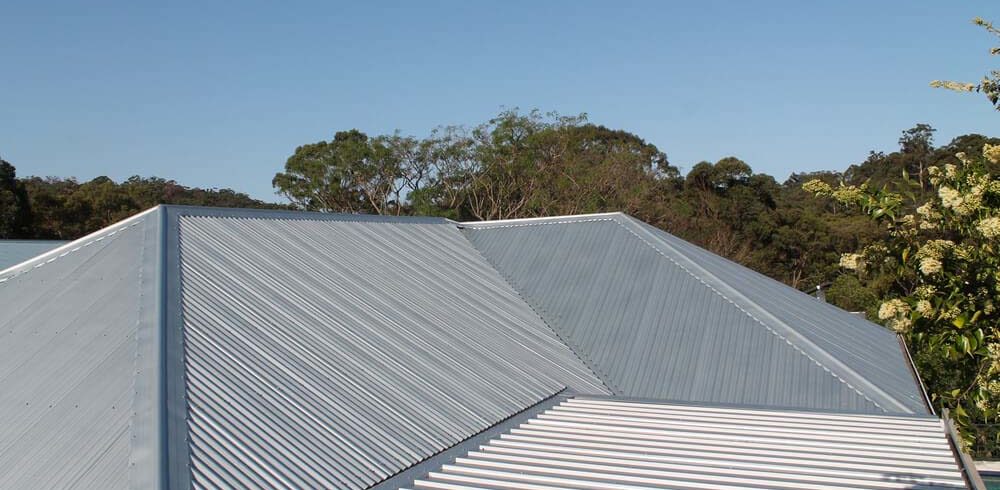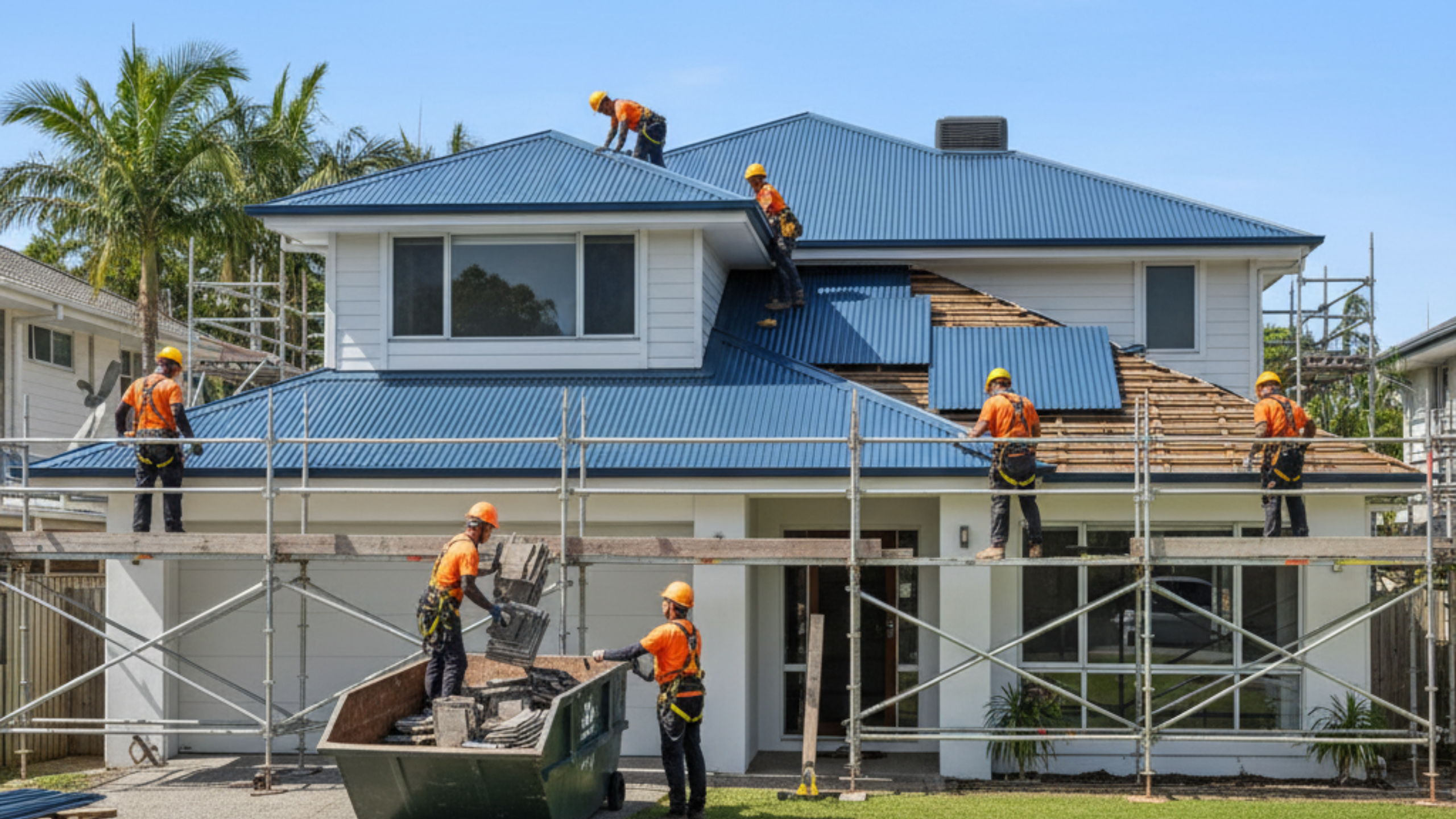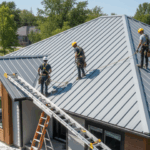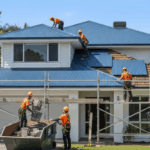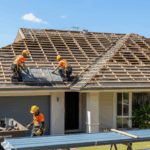Discovering a roof leak can be stressful, especially when water stains appear on ceilings or walls seemingly out of nowhere. Your first instinct might be to reach for the phone and call a roofer immediately—but pausing to assess the situation can save you time, money, and unnecessary repairs. Before contacting professionals like ZEN Roofing, there are a few critical steps you can take to better understand the problem and communicate more effectively with your contractor. Here’s a complete guide to what homeowners should do before calling a roofing company about a leak.
Check the Obvious First: Gutters, Flashing, and Shingles
Start by inspecting the most common sources of roof leaks. Clogged gutters can cause water to back up under the shingles and into the house. Loose or deteriorated flashing around chimneys, vents, and skylights often allows water to sneak in. Missing or cracked shingles are another frequent culprit, especially after a windstorm.
Walk around your home and look at the roof from different angles. Use binoculars if needed to safely inspect without climbing. By identifying these visible issues early, you can either address small problems yourself or provide helpful context when calling a roofing contractor.
Pinpoint the Leak: Trace Water Trails Like a Detective
Water has a tricky way of traveling. That stain on your living room ceiling might be coming from a hole several feet away. Before making the call, try to trace the path of the leak. Inside the home, look for bubbling paint, soft drywall, or discolored spots.
Start where you first noticed the leak and follow it upward and outward. Water often runs along beams or insulation before dripping down. This detective work helps narrow down the problem area, allowing ZEN Roofing or another roofer to diagnose the issue faster and more accurately.
Rule Out Condensation and Plumbing First
Not every ceiling stain is caused by a leaky roof. Sometimes, the issue comes from within the house. Condensation from HVAC systems or attic ductwork can mimic a leak, especially in colder months. Plumbing leaks—especially from bathrooms located above the affected area—are also common red herrings.
Before assuming your roof is the issue, check if any pipes, vents, or air conditioning units are located nearby. Turn off your HVAC temporarily or check for recent use of upstairs water fixtures. Eliminating internal causes can save you the cost of an unnecessary roof repair call.
Photograph the Damage Before It Gets Worse
Photos are a powerful tool when dealing with roof leaks. Before the situation worsens or dries up, take clear, well-lit pictures of the leak, affected ceiling or walls, and any visible roof damage. Try to capture both wide shots and close-ups.
These images can be useful for several reasons: they help roofers like ZEN Roofing understand the extent of the problem in advance, they support insurance claims, and they provide documentation if the issue spreads later. Keep a digital folder to organize your findings.
Don’t Just Look Outside — Inspect Your Attic Thoroughly
One of the best ways to find the source of a leak is by going into the attic. Wait for a rainy day (or simulate one with a garden hose if safe) and carefully examine the underside of the roof decking. Look for dark stains, damp insulation, mold, or even small pinholes where sunlight peeks through.
This part of the inspection might involve a flashlight and a bit of crawling, but it’s worth the effort. You’ll gather crucial information that will make your roofer’s job easier and may even help you catch multiple issues at once.
Check Recent Weather Patterns for Clues
Timing matters when diagnosing a roof leak. Think about the weather over the past week. Did the leak appear after a wind-driven rain? Was there ice or snow buildup on the roof? Did temperatures suddenly rise after a long cold spell?
Each weather condition points to different potential problems—such as ice dams, wind-lifted shingles, or snow melt entering improperly sealed areas. When calling a roofer, being able to describe the conditions before the leak appeared is incredibly helpful.
Make a Temporary Patch to Prevent Further Damage
If you’re confident the leak is from the roof and water is actively entering the house, a temporary fix might buy you time. A plastic tarp secured over the suspected leak point on the roof or attic can prevent additional interior damage. You can also use waterproof roof sealant on small cracks or exposed nail holes.
Be cautious: only attempt a patch if it’s safe. Avoid climbing onto a wet roof or attempting repairs during bad weather. ZEN Roofing always recommends safety first—but simple actions like containing a leak with a bucket or plastic sheeting indoors can help mitigate the damage.
Gather Roofing Warranty and Repair History
If you have records of past roofing work, pull them out now. Your roof might still be under a workmanship or material warranty, especially if it’s less than 10 years old. Knowing what kind of shingles were used, the date of the last replacement, or any prior leak repairs can be incredibly useful information.
When you call ZEN Roofing, sharing this history helps us understand whether we’re dealing with a recurring issue or something new. It may also influence your eligibility for coverage or faster service.
Know What You Need: Repair, Partial Fix, or Full Replacement?
It’s not always easy to tell whether your roof needs a quick fix or a major overhaul, but gathering all the above information puts you in a better position to make that judgment. If this is the first time the roof has leaked and it’s still relatively new, a small repair may do. But if your roof is over 15-20 years old and multiple leaks are appearing, it might be time for a more thorough inspection or full replacement.
By having an idea of what level of service you’re looking for, you’ll be better prepared to discuss options and avoid being upsold.
Prepare Smart Questions for Your Roofer Before the Call
When you do pick up the phone to call a professional roofing company, make it count. Have your questions ready: Are you licensed and insured? Do you offer a warranty? What’s your timeline for repairs? What types of materials do you use?
These questions not only show you’re informed, but they also help you choose a reliable roofer. At ZEN Roofing, we encourage homeowners to ask plenty of questions — it’s the foundation of a trustworthy contractor-client relationship.
By following these steps before calling in a roofing professional, you’ll approach the situation with confidence and clarity. You’ll also save time and potentially reduce costs by eliminating guesswork. A roof leak can be alarming, but with a calm, methodical approach and the right roofing partner, it can be resolved quickly and professionally.
If you’re ready to get expert help, ZEN Roofing is here to provide fast, reliable service with the integrity and transparency you deserve. Let us bring you peace of mind—rain or shine.

